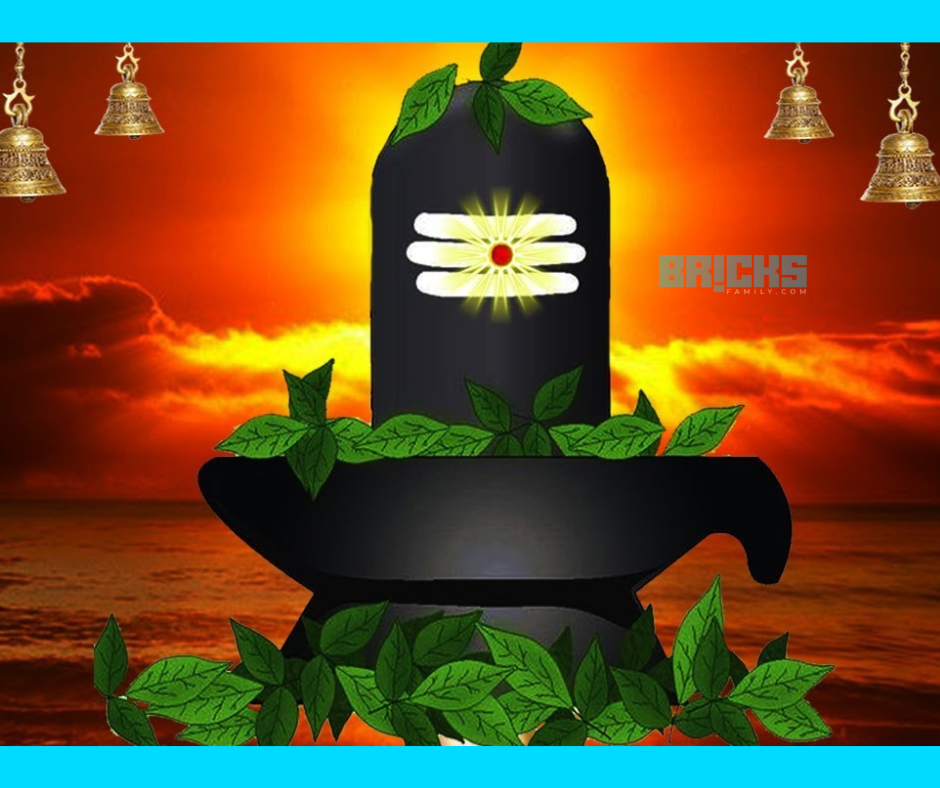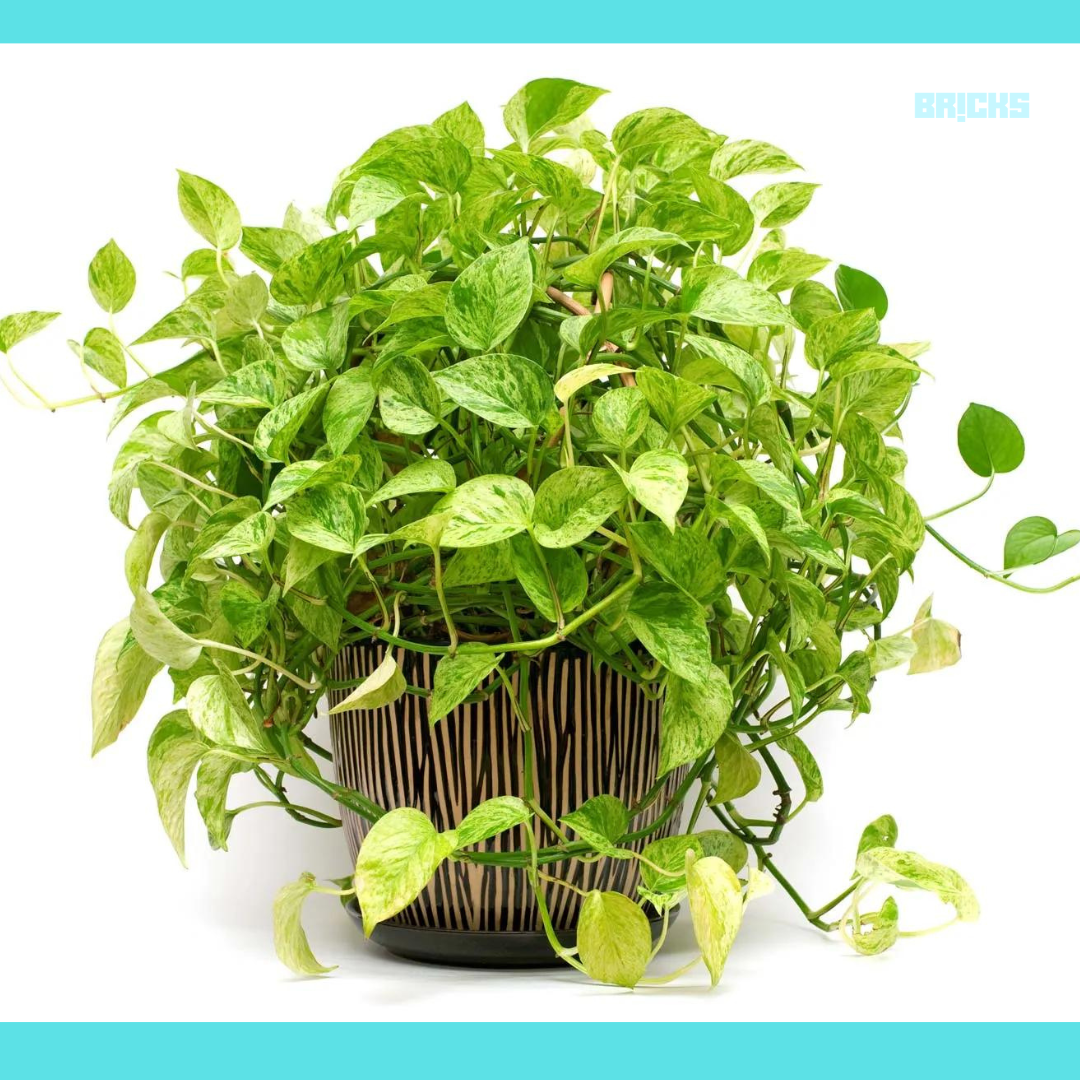The Betel nut tree is called the “supari tree” in India. India is the main country in which this tree’s fruit is consumed. The plant is indigenous to southern and southeast Asia, including India. The areca nut tree’s seed is most frequently eaten in tobacco, lime, and other plants. This blog gives idea about Betel Nut Tree| Benefits, Significance and How to Grow.
The significance of betel nut trees in Hinduism stems from the belief that different Hindu gods and goddesses reside in different portions of the tree. It is a chemical that is pure and helps people connect with the gods. Supari is a representation of steadfast commitment. The plant not only has religious importance, but it also has medical uses. Important information about types, growth advice, and betel nut trees has been covered in this blog.
Betel Nut Tree: Key Facts
Following are the key facts about the betel nut tree:-
| Particulars | Description |
| Name | Betel nut tree, Areca nut palm |
| Other names | Supari tree, or Dypsis lutescens |
| Family of betel nut tree | Arecaceae |
| Origin | India, South and Southeast Asian regions |
| Soil required | Light (sandy), medium (loamy) and heavy (clay) soils |
| Temperature | 18-26 °C |
| Sunlight | Bright, indirect light |
| Height | Up to 20 meters, leaves grow up to 3 mtr in length |
| Time of planting | June to December |
| Flowers | Small, yellow or orange |
| Indoor/Outdoor | Both outdoors and indoors |
Betel Nut Tree: How to Grow and Maintenance Tips
Southeast Asian rainforests and other tropical regions are home to areca and betel nut trees. To cultivate the tree in your home garden, adhere to these guidelines:
Location: The betel nut tree should be planted with good soil drainage, partial sunlight, and sunlight.
Plant hole dimensions: A betel plant should be planted in a hole that is twice the size of the plant’s root ball and that is at least as deep.
Watering: The soil should be damp but not drenched, and the plant should receive regular irrigations. If the right amount of water isn’t applied, the leaves may dry out and turn yellow.
Fertilizer: Use a balanced fertilizer every two months. This will support the tree’s growth.
Prune off damages: Dead or damaged sections should be removed to preserve the betel nut tree’s healthy growth.
Soil: Peat moss, perlite, and coconut coir should all be part of the soil mix. The pH of the soil should be between 6.0 and 6.5, which is somewhat acidic.
Light: Direct sunshine is preferred by the areca nut tree. Make sure it is in direct sunlight even if you plant it indoors.
Temperature: Warm, humid weather is preferred by betel nut trees.
Cold weather: Keep the Areca nut tree protected from below-freezing temperatures as it is not tolerant of frost. Try keeping it indoors, where the weather is usually comfortable if you live in a chilly climate.
Types of Betel Nut Tree
Here are a few palm trees that provide areca nuts:
Areca macrocalyx, the Highland betel nut: It is the most popular areca nut palm produced in India and other South Asian nations. This shrub produces little, spherical nuts with a vivid crimson outer covering.
Areca catechu: In Bangladesh and India, Areca catechu is another betel tree that is widely planted. This plant produces oval-shaped fruit with an outer husk that is either yellow or brown.
Areca vestiaria: Grown in the Philippines, Areca vestiaria yields huge, oval-shaped nuts.
Areca triandra: Typically found in Malaysia, Thailand, and Indonesia, this plant bears small, spherical fruit and yellow flowers.
Areca lutescens: Madagascar is the natural home of this kind of betel nut palm. The plant’s leaves have the appearance of butterfly wings. The tree produces tiny, yellow-colored fruit with blooms.
Stunning Images of Areca Nut Tree
Let us have a look at stunning images of the Areca nut palm tree:-

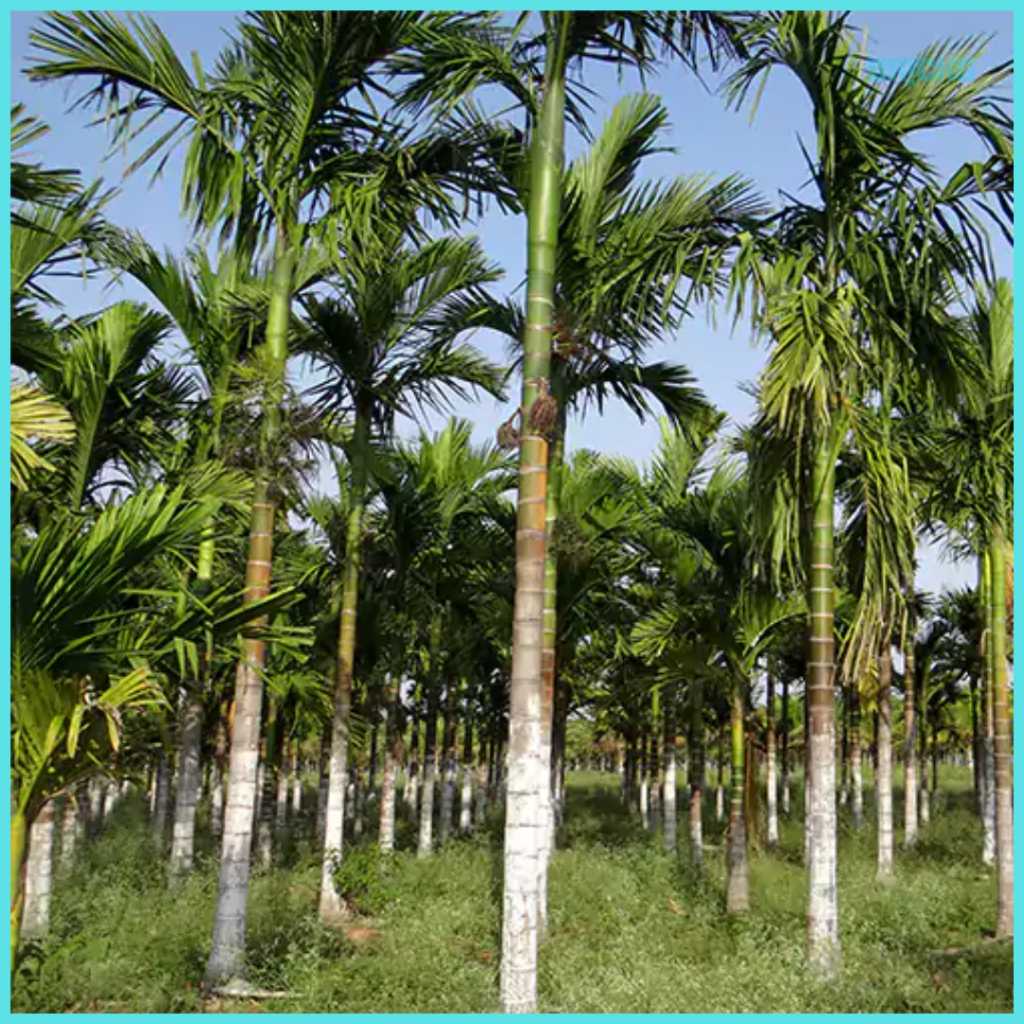
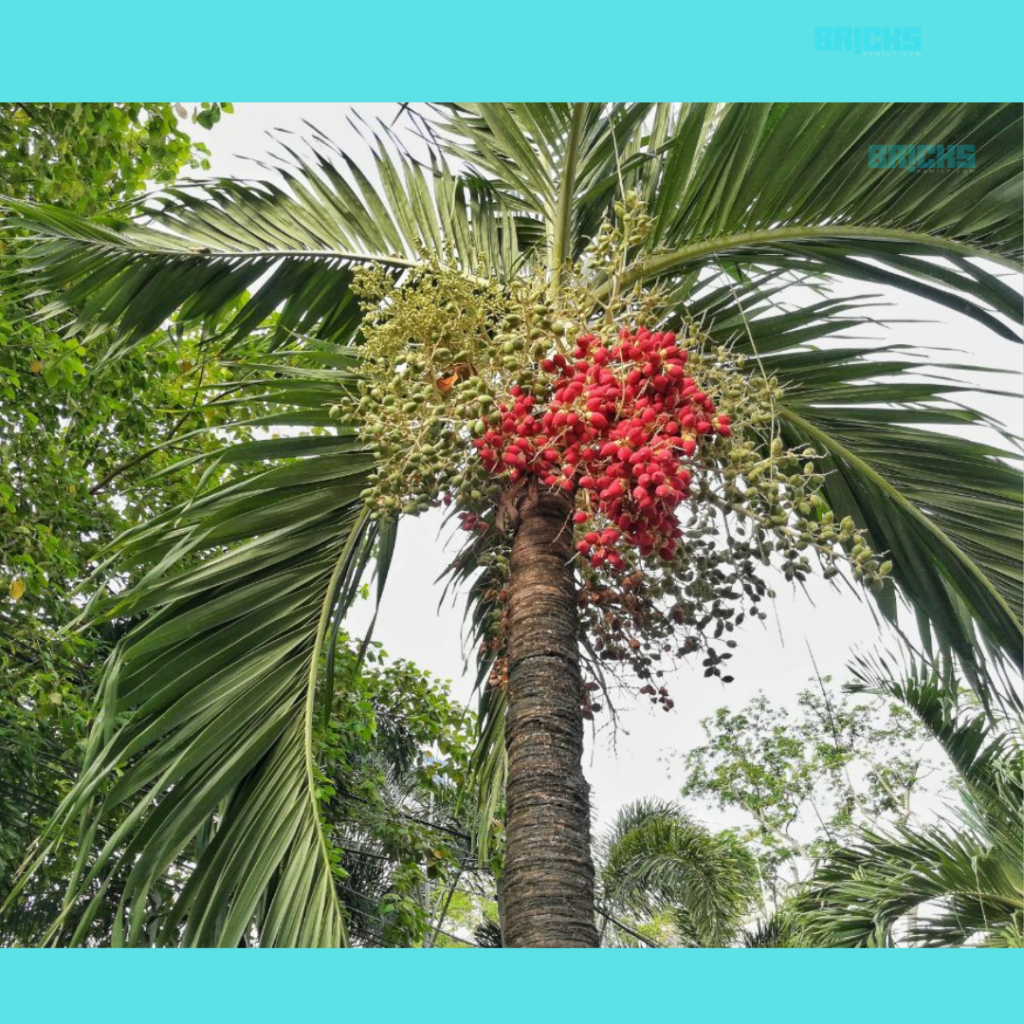
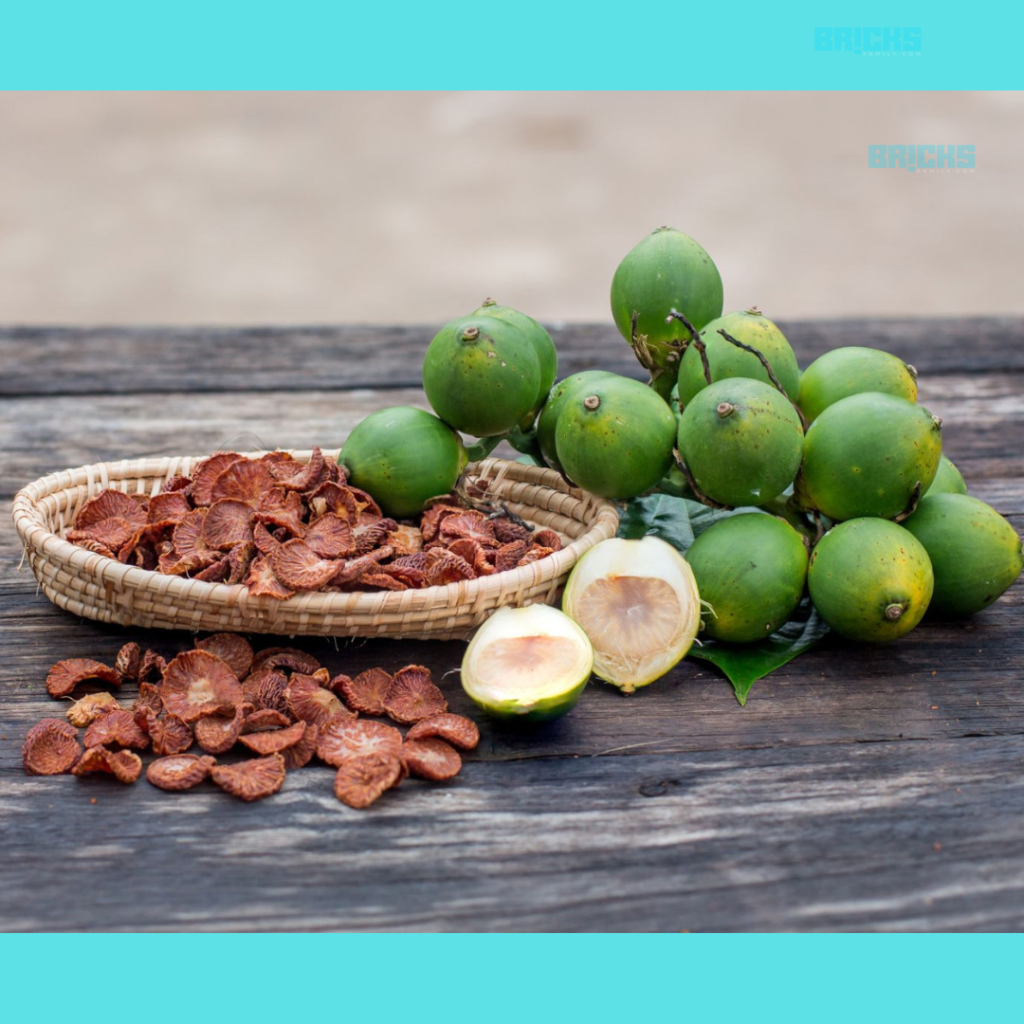
Benefits of Betel Nut Tree
Betel nut trees also provide a host of other advantages. The advantages of betel nuts include the following:
Nutritional benefits: The nuts from the areca nut tree are a wonderful source of protein and other nourishing elements. In many sections of the nation, it provides a source of nutrition.
Environmental benefits: The plant also contributes to land rehabilitation and reforestation initiatives.
Health benefits: The astringent qualities of betel nut help lower oral bacteria and stave off tooth decay. It supports good dental hygiene.
Benefits to the economy: Many people in India grow betel nuts for subsistence.
Stimulation: The plant contains a tiny amount of caffeine, which may help with attention and alertness.
Aids in lowering anxiety: The nut has a little sedative effect that lowers anxiety.
Betel Nut Tree: Toxicity
The seed of the areca nut tree is called betel nut, but if you eat too much of it, your body will suffer. Arecoline, which is present in the nut, can cause tremors, elevated blood pressure, and dizziness. Long-term consumption may result in issues like tooth loss, bleeding gums, and ulcers. Contact a physician or other healthcare provider if you notice any such problems.
Significance of Betel Nut in Hinduism
The betel nut is very important in Hinduism. The betel nut is thought to facilitate communication with celestial gods and goddesses. Let’s examine its importance:
- Place paan and supari in the Havan Kund before beginning a Havan.
- When performing a puja, Lord Shiva is offered betel nuts.
- Supari assists in obtaining Lord Ganesha’s and Lakshmi’s blessings.
- Phulaish puja uses areca palm nuts.
- If we lack a deity image, we can substitute supari. It may represent Indradev, Varun Dev, or Brahman.
- By offering betel nuts to the gods, one expels evil spirits from one’s life.
- Supari is seen as auspicious for Hindu celebrations and marriages.
- A key component of Sankalpas, or visualization, is betel nuts.
Betel Nut Tree: How is Betel Nut Extracted?
Remember the following advice to ensure a successful betel nut tree harvest:
The uncooked fruit that grows on the areca nut tree makes betel nuts. It is further processed to make nuts.
After peeling, the nut is sun-dried for two weeks and then boiled for 12 hours. The betel nut is ready to be sold after two weeks.
Summing Up: Betel Nut Tree
Our culture and traditions are greatly influenced by the betel nut tree, which may be grown indoors and outdoors. It is possible to cultivate the plant in a warm, humid environment. This plant, which is native to southeast and southern Asia and India, is widely consumed for a variety of purposes. Numerous advantages of the fruit-betel nut include nutritional, environmental, health, and financial ones. The tree can be planted in a garden if it receives full sun.
Also Read: Vastu Tips to Place Money Plant In Bedroom
Similar Topics: Marble – Types, Cost, & Uses in Home Interior










